
There are many reasons why you may want to soundproof your property. It might be because you have noisy neighbours, or because you live in a flat or terraced house so you can hear through the party wall. Or maybe, you may want to protect yourself against potentially harmful noise pollution due to living on or near a flight path, busy road or construction site.
On the other hand, you may want to limit the amount of noise you transmit from your own home, because you have a lively family, make music or want to build a home cinema with surround sound. Soundproofing existing interior walls helps to contain noise within the room, protect against incoming sounds and create a calmer, quieter living space.
Insulation
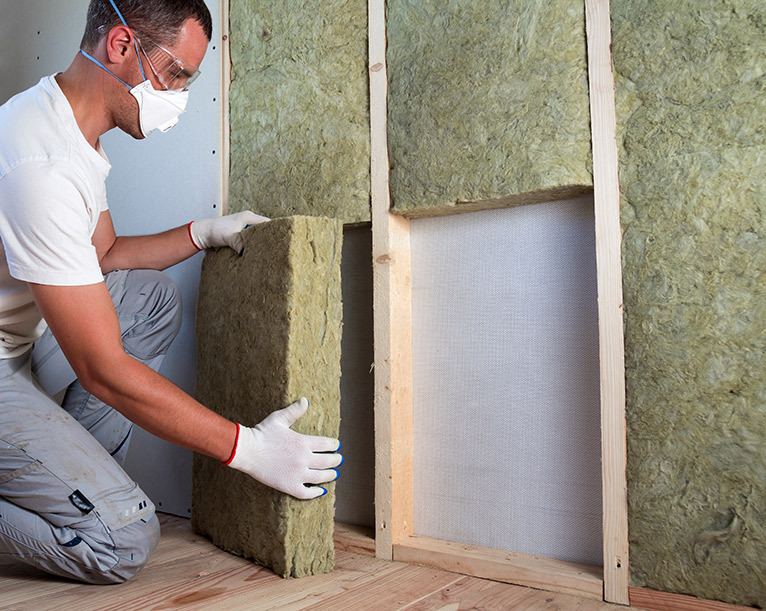
In most flats and houses, there should be some form of insulation between floors and walls, to prevent sound travelling into neighbouring homes. The best way to stop sounds annoying your neighbours (and vice versa) is to install or reinstall good insulation within your walls. You can buy it in a variety of sizes, densities and materials. Examples include tile form (such as foam tiles, which tend to be cheaper and less effective against loud sounds), slab or roll (which are usually denser and far more effective).
Panels
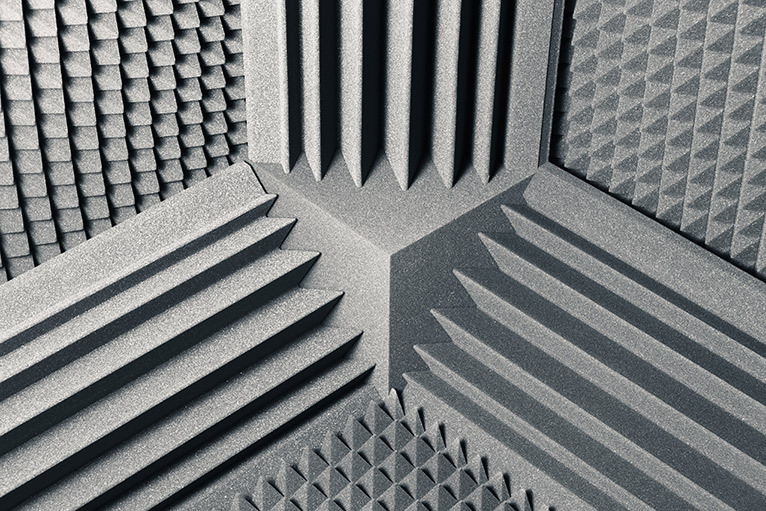
There are different kinds of panels you can install to stop sound reverberating around (or out) of a room. Panels are installed on your interior wall and when combined with sound insulation, you can achieve a high level of soundproofing. This is a perfect solution to reduce the noise heard from neighbours who like to party, or if you have a home studio. Sound-treated foam panels tend to be cheaper and less attractive, but you can buy premium and bespoke options made of layers of acoustic material, such as foam, plasterboard and vinyl.
If you’re soundproofing a home cinema or studio, you could install a ‘bass trap’ – designed to absorb low frequency sound – in the corners of the room, where bass is typically heard or transmitted the most. Door sweeps and acoustic sealant will also help to trap sound within the room. Not only will this make life more enjoyable for those in neighbouring rooms or homes, but it helps you get the most accurate sound from your sound/cinema system or instruments.
Need help installing soundproofing insulation or panels? Find a soundproofing specialist on Rated People.
Wallpaper and paint
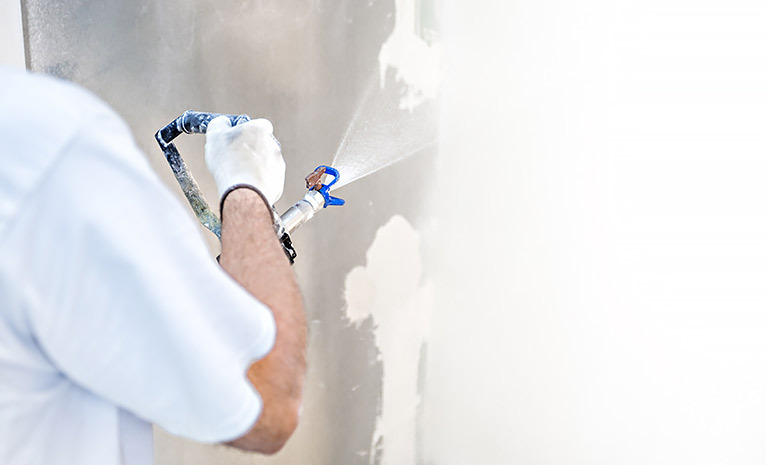
Sound absorbent wallpaper and paint can be a cheap way to reduce ambient sound transmission through your ceilings and walls. Acoustic wallpaper is made of various layers (including a layer of insulation) that help to disrupt travelling sound waves, while acoustic paint is made of fillers and resins that absorb sound and prevent it from bouncing off the surface of your walls. Acoustic paint is easy to apply with a brush, roller or spray. It can also be used in addition to wallpaper, panels and insulation. Sound absorbing wallpaper and paint alone won’t work miracles, but it’s a cheap and simple way to reduce the sound of things like chatting, distant traffic and humming machines. The combination of paint and wallpaper can also help contain sound, which is great for media or living rooms where you listen to music or watch TV and films.
Furniture and wall decorations
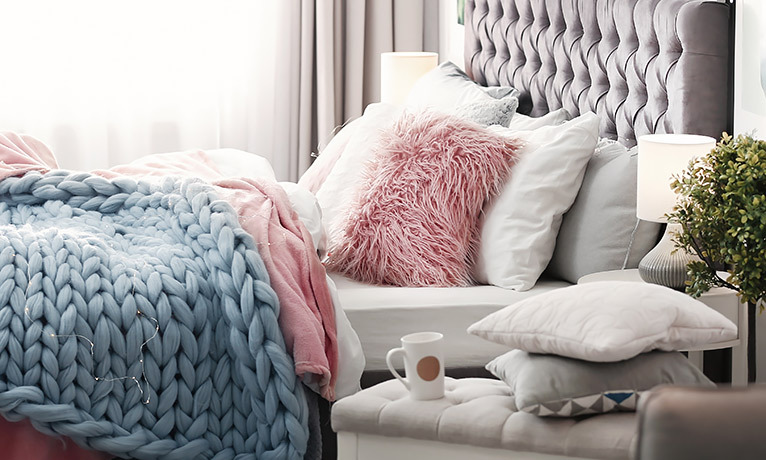
A room full of furniture, carpet, rugs, plants, curtains and wall hangings will make it harder for sound to travel, because furnishings (especially soft ones) help to absorb sound and stop it travelling into the next room. An interior designer can advise how to add soft furnishings and wall hangings that can absorb sound.
Looking for more tips on soundproofing? Read our advice on how to soundproof your whole property.



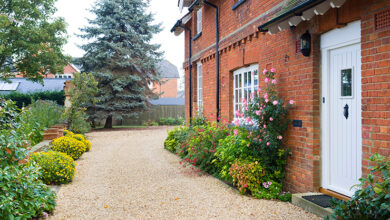
One Comment